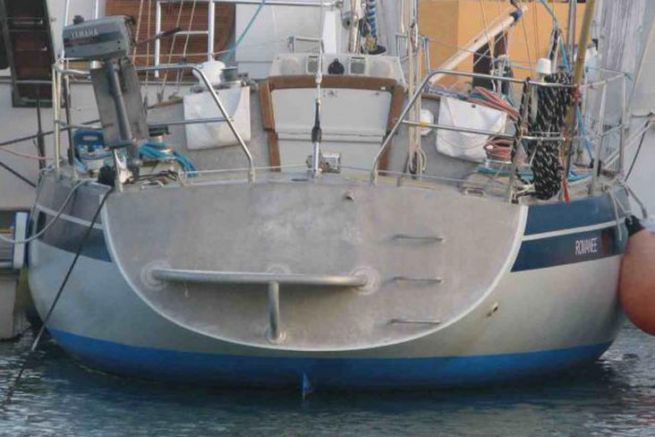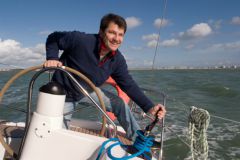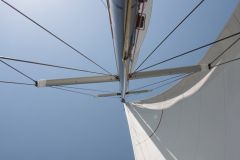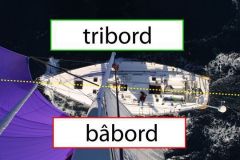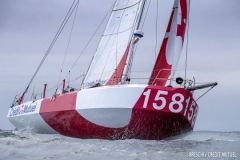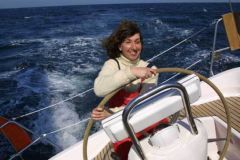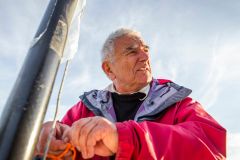
Tonture
The saddle defines the longitudinal curve of the deck (from front to back). This line is often concave, very rarely straight. In the classic lines of a boat, the ends are raised (as in our diagram). We speak of an inverted sheer when the curve of the deck goes down towards the bow. This is the case of the Ofcet 32 presented in preview at the Grand Pavois de La Rochelle 2016.
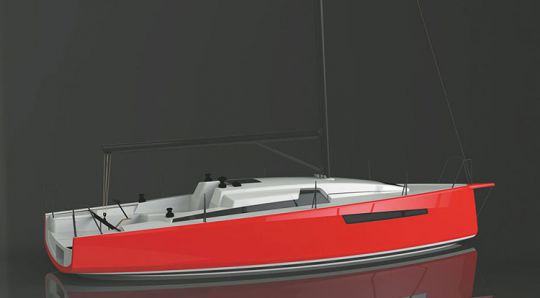
Move
If the sheer is the longitudinal curve of the deck, the sag is the transverse curve of the deck. It is the difference in height between the center of the boat and the edge of the hull. Often this curve is convex to eliminate water on the deck. But we can also find situations where the curve is inverted. This is the case of some sailboats in the Vendée Globe which "hollow out" the deck to position the sail furlers lower and lower the center of gravity. An idea brought by Michel Desjoyeaux. (Maître Coq on the next Vendée Globe is like that).
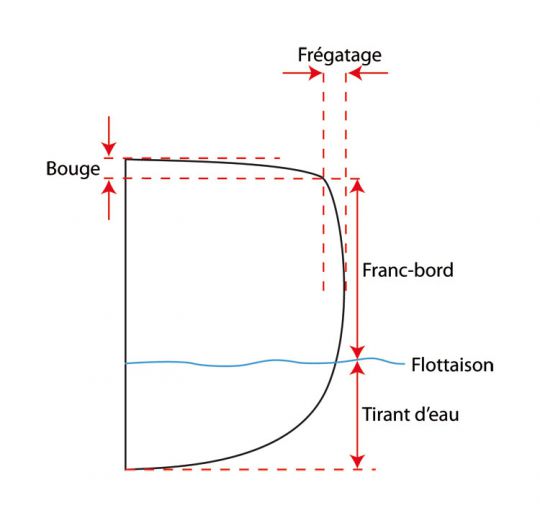
Framing
A hull is said to be frigid when it is less wide at deck level than below. The freeboard is then convex and the main beam is not at deck level, but in the middle of the freeboard. In motorboats, many Riva-type motorboats are frigates. In sailing, the First 30 designed by André Mauric also has a frigate hull. Recently, Michel Desjoyeaux asked that his IMOCA for the Vendée Globe 2008 (Foncia) have a frigate hull. This solution was adopted to reduce the deck area and therefore reduce the weight.
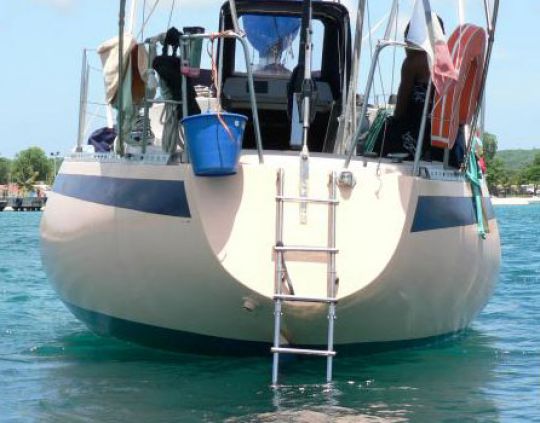
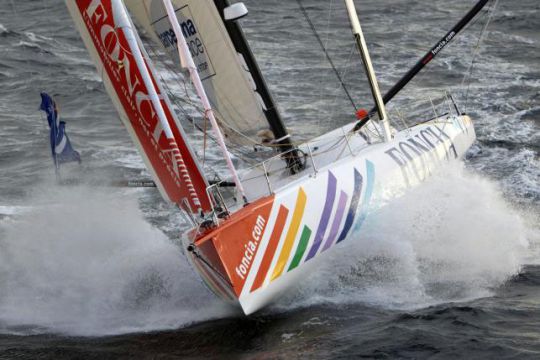
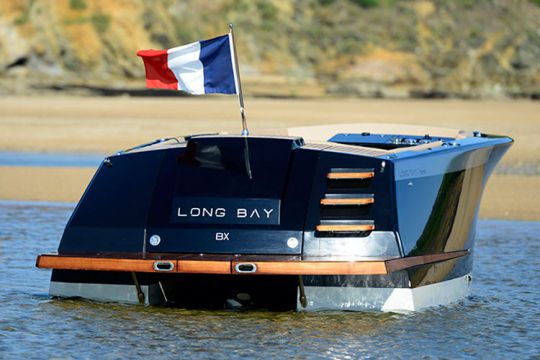
Freeboard
Freeboard is the height of the deck above the waterline. This height is important because it shows the seaworthiness. The higher the freeboard, the better it will stand the sea.
Draft
It is the height between the bottom of the hull and the waterline. We measure the water level at the lowest point where the hull sinks. It is a notion to know when sailing to know where you can walk your keel without touching the bottom

 /
/ 